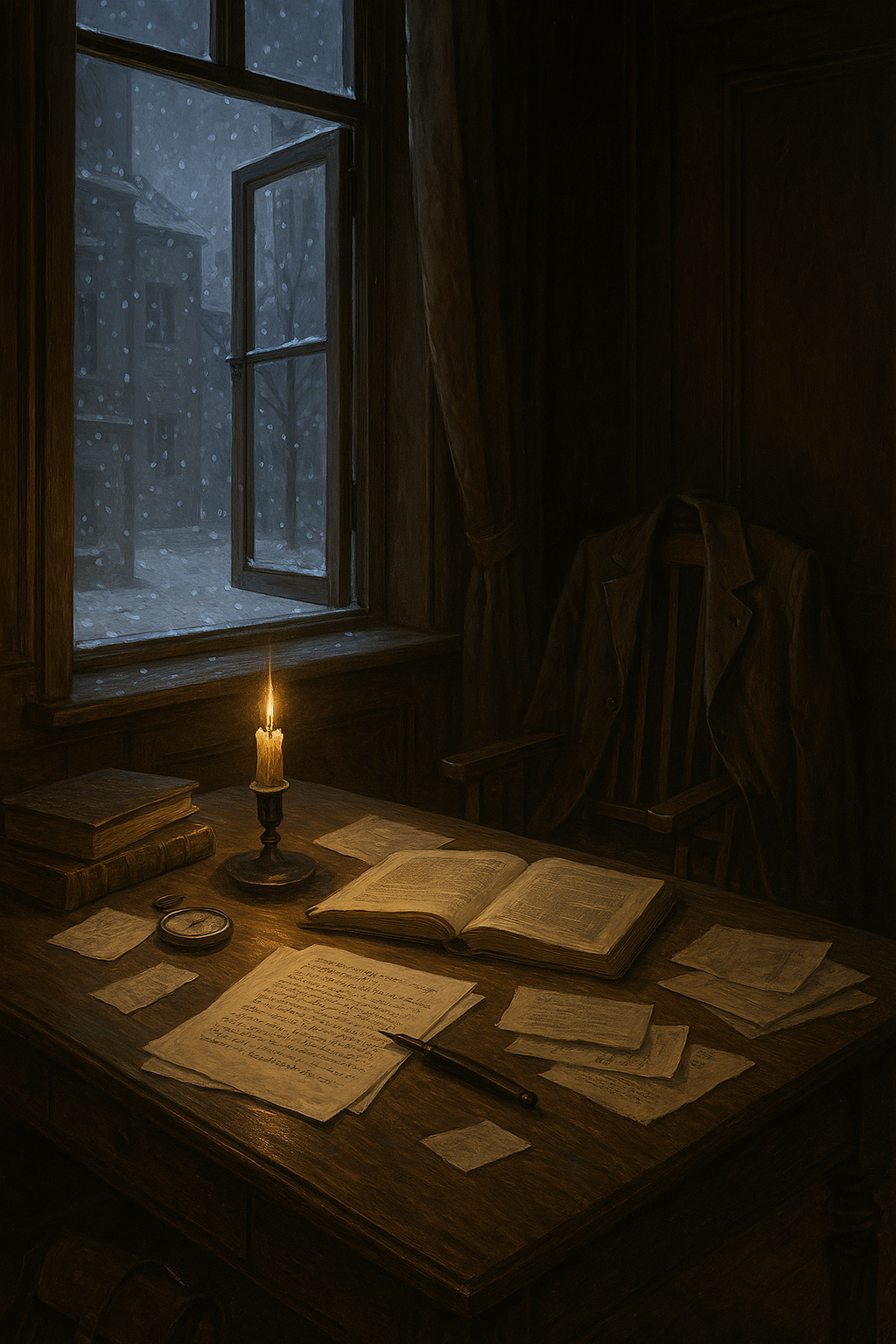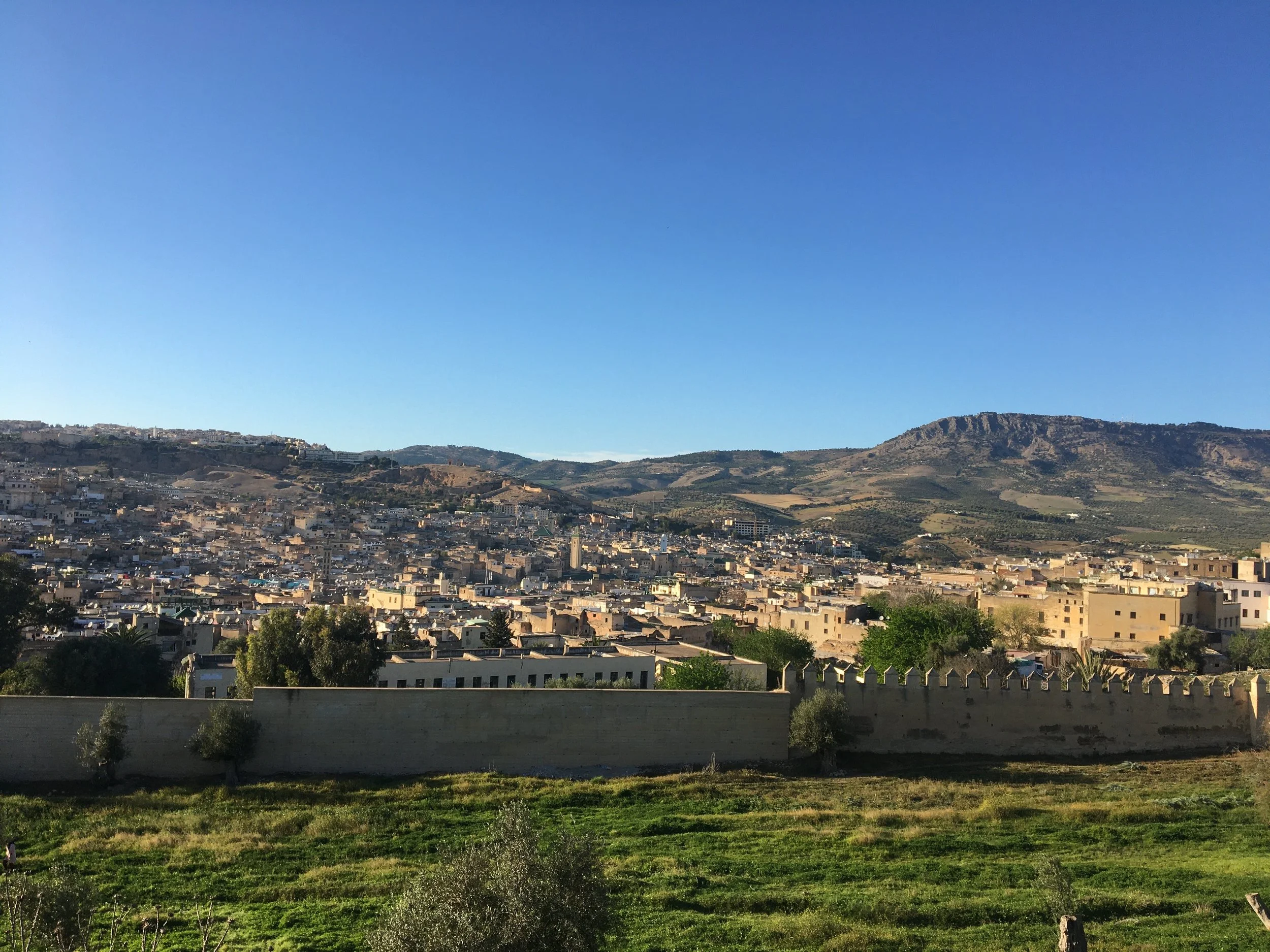JEFFREY SCHEUER BLOG POSTS
View Blog Entries by Category
Archive
- April 2023
- May 2023
- June 2023
- July 2023
- August 2023
- September 2023
- October 2023
- November 2023
- December 2023
- January 2024
- February 2024
- March 2024
- April 2024
- May 2024
- June 2024
- July 2024
- August 2024
- September 2024
- October 2024
- November 2024
- December 2024
- January 2025
- February 2025
- March 2025
- April 2025
- May 2025
- June 2025
- July 2025
- August 2025
- September 2025
- October 2025
- November 2025
- December 2025































A recent post by Scotty Hendricks on the Bigthink platform posed four unsolved questions of philosophy. They are not the only unsolved questions, but they are foundational to how we understand the nexus of our minds and the world; and you don’t need to be a philosopher to think about them. (Spoiler alert: I don’t have much in the way of answers).